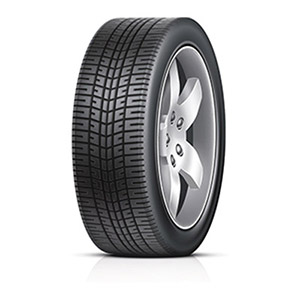cast iron panel casting
The World of Cast Iron Panel Casting
Cast iron panel casting is a fascinating process that has found its place in various applications, from decorative architecture to functional components in machinery. This age-old technique, known for its durability and versatility, continues to be a cornerstone in manufacturing and craftsmanship, merging traditional methods with modern technology.
Cast iron itself is an alloy of iron, carbon, and silicon, known for its excellent casting properties. The inclusion of carbon gives cast iron its characteristic hardness and brittleness, while the silicon enhances its fluidity during the casting process. This unique combination allows for intricate designs to be molded with precision, making it a preferred material for panel casting in various industries.
The casting process typically begins with creating a mold. Depending on the complexity of the design, molds can be made from a variety of materials such as sand, metal, or ceramic. Sand casting is the most common method for producing cast iron panels because it offers flexibility and is cost-effective. During this phase, a pattern of the desired panel is made—often from wood or metal—which is then used to create a cavity in the sand mold.
Once the mold is prepared, molten cast iron is poured into the cavity. The temperature of the molten iron usually ranges between 1200°C to 1400°C (2192°F to 2552°F), allowing it to fill even the most intricate patterns. After the iron cools and solidifies, the mold is broken away, revealing the cast iron panel. This panel can then go through various finishing processes, such as machining or painting, to enhance its aesthetic appeal and functionality.
cast iron panel casting

One of the significant advantages of cast iron panel casting is its ability to resist wear and corrosion, making it ideal for outdoor applications. Cast iron panels are frequently used in architectural features like gates, railings, and facades, adding a touch of elegance and historical charm. Additionally, cast iron's thermal properties make it suitable for use in cooking equipment, such as griddles and cookware.
In recent years, there has been a resurgence in the popularity of cast iron products, driven by a growing interest in sustainability. As a recyclable material, cast iron has a lower environmental impact than many alternatives. The longevity and durability of cast iron components also contribute to a reduction in waste, aligning with contemporary efforts toward eco-friendly practices.
Furthermore, advancements in casting technologies, such as computer-aided design (CAD) and 3D printing, have opened new avenues for creativity and efficiency in cast iron panel casting. These technologies enable manufacturers to experiment with novel designs and reduce production times, ensuring that the industry remains vibrant and innovative.
In conclusion, cast iron panel casting is a remarkable blend of artistry and engineering. Its rich history coupled with modern advancements ensures that it remains relevant in multiple fields, catering to both aesthetic desires and functional needs. As the industry evolves, cast iron will undoubtedly continue to inspire and impress, solidifying its place in the world of manufacturing and design.
-
Wrought Iron Components: Timeless Elegance and Structural StrengthNewsJul.28,2025
-
Window Hardware Essentials: Rollers, Handles, and Locking SolutionsNewsJul.28,2025
-
Small Agricultural Processing Machines: Corn Threshers, Cassava Chippers, Grain Peelers & Chaff CuttersNewsJul.28,2025
-
Sliding Rollers: Smooth, Silent, and Built to LastNewsJul.28,2025
-
Cast Iron Stoves: Timeless Heating with Modern EfficiencyNewsJul.28,2025
-
Cast Iron Pipe and Fitting: Durable, Fire-Resistant Solutions for Plumbing and DrainageNewsJul.28,2025
-
 Wrought Iron Components: Timeless Elegance and Structural StrengthJul-28-2025Wrought Iron Components: Timeless Elegance and Structural Strength
Wrought Iron Components: Timeless Elegance and Structural StrengthJul-28-2025Wrought Iron Components: Timeless Elegance and Structural Strength -
 Window Hardware Essentials: Rollers, Handles, and Locking SolutionsJul-28-2025Window Hardware Essentials: Rollers, Handles, and Locking Solutions
Window Hardware Essentials: Rollers, Handles, and Locking SolutionsJul-28-2025Window Hardware Essentials: Rollers, Handles, and Locking Solutions -
 Small Agricultural Processing Machines: Corn Threshers, Cassava Chippers, Grain Peelers & Chaff CuttersJul-28-2025Small Agricultural Processing Machines: Corn Threshers, Cassava Chippers, Grain Peelers & Chaff Cutters
Small Agricultural Processing Machines: Corn Threshers, Cassava Chippers, Grain Peelers & Chaff CuttersJul-28-2025Small Agricultural Processing Machines: Corn Threshers, Cassava Chippers, Grain Peelers & Chaff Cutters












